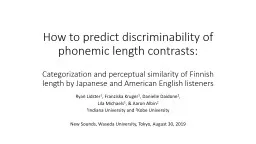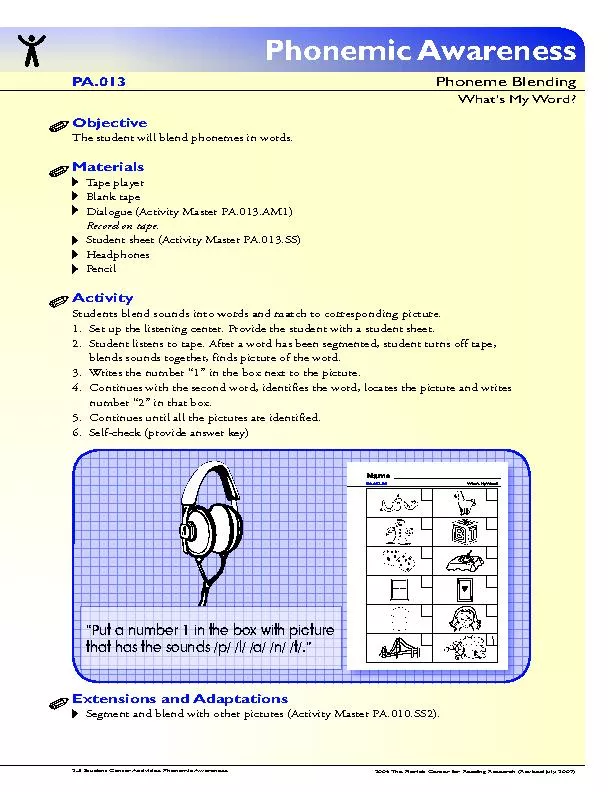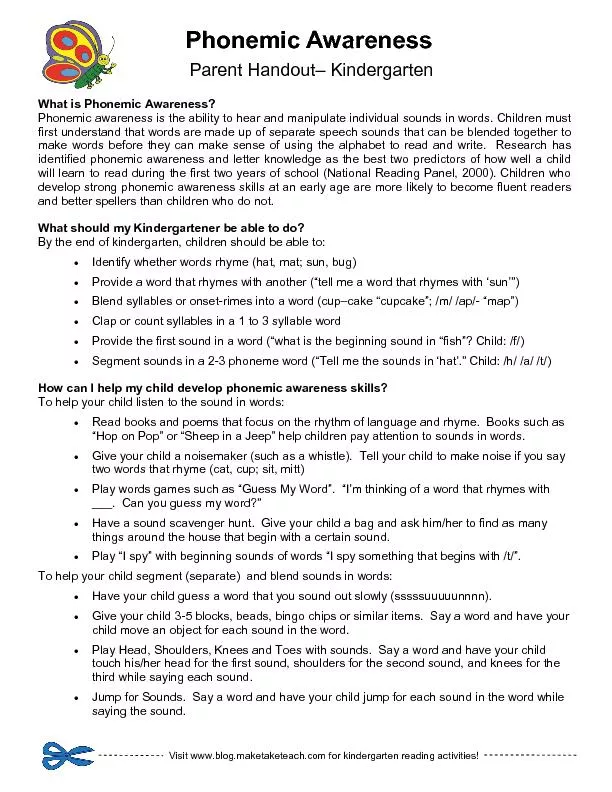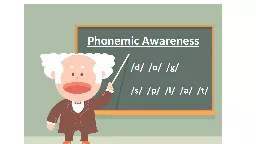PPT-How to predict discriminability of phonemic length contrasts:
Author : grace3 | Published Date : 2021-01-28
Categorization and perceptual similarity of Finnish length by Japanese and American English listeners Ryan Lidster 1 Franziska Kruger 1 Danielle Daidone 1 Lila
Presentation Embed Code
Download Presentation
Download Presentation The PPT/PDF document "How to predict discriminability of phone..." is the property of its rightful owner. Permission is granted to download and print the materials on this website for personal, non-commercial use only, and to display it on your personal computer provided you do not modify the materials and that you retain all copyright notices contained in the materials. By downloading content from our website, you accept the terms of this agreement.
How to predict discriminability of phonemic length contrasts:: Transcript
Download Rules Of Document
"How to predict discriminability of phonemic length contrasts:"The content belongs to its owner. You may download and print it for personal use, without modification, and keep all copyright notices. By downloading, you agree to these terms.
Related Documents














